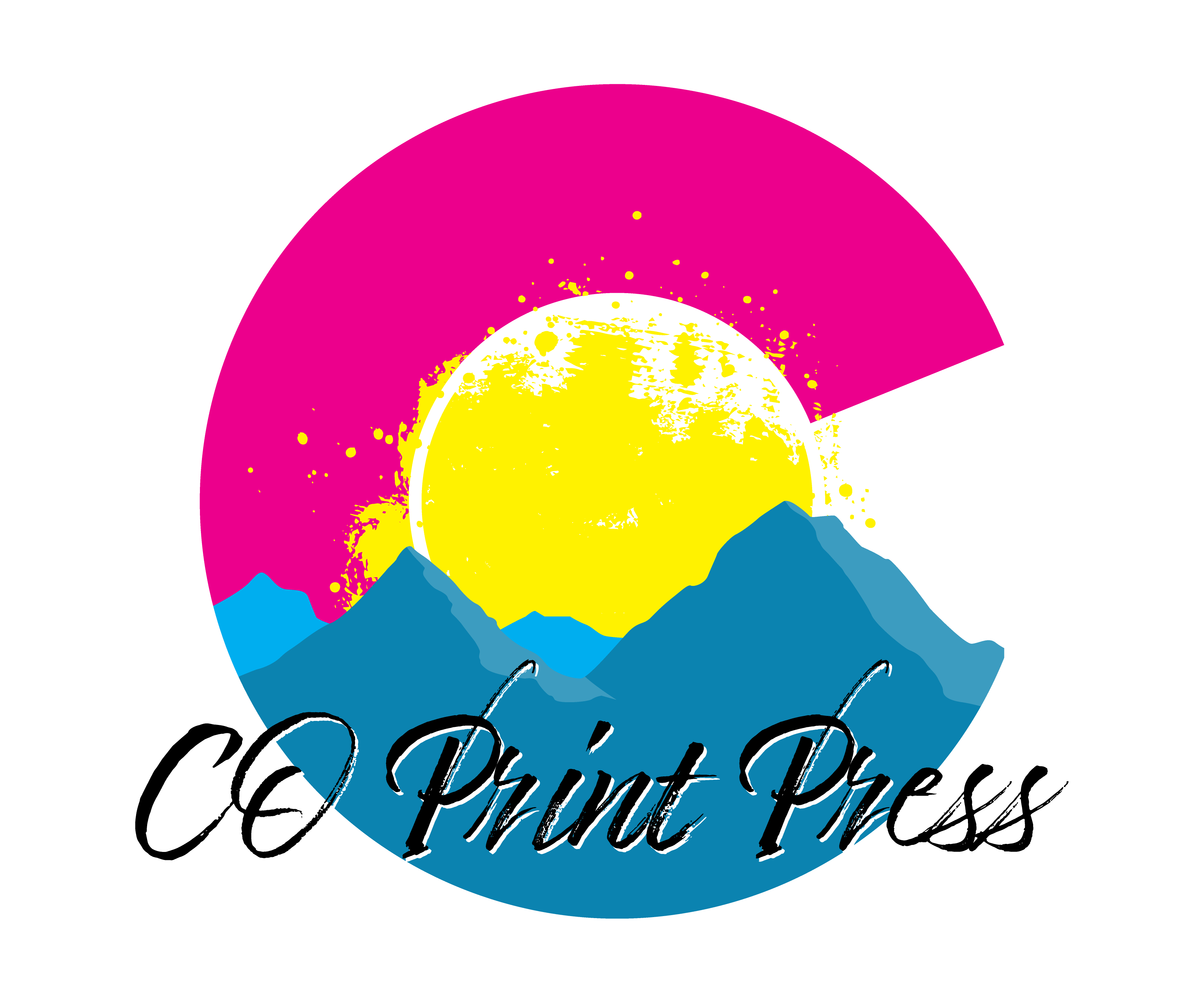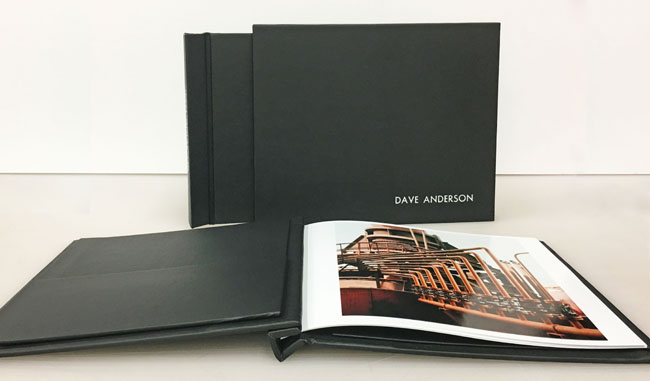Do you need to provide some proof of your experience and your competence? Printed portfolio books can help that, by providing a hiring manager some physical “proof” of the amazing work you can do. For example, it’s one thing to say you’re good at communications. It’s quite another to prove it in your portfolio by showing a clipping from the local newspaper of an article you wrote for them.
And it’s one thing to say you’re involved in the community, and quite another level when you show pictures of yourself serving soup at the local soup kitchen, or handing out food at the local food pantry.
Maybe you wrote the company newsletter at your last job? That’s another perfect example of how portfolios offer validation to your resume claims.
A printed portfolio book also helps your resume stand out. Outside of the creative community, very few people take the time to assemble one, and those who do are setting themselves apart when it comes to applying for jobs.
Bring Your Portfolio Book with You
Some job applicants like to bring their portfolio with them to job interviews. That way, when they ask about experience, they can open it up and play show and tell, rather than just talking (this also relieves nervousness!). Incorporating a visual component into your interview is a sure-fire way to get thought of.
Tip: Be sure to print enough portfolio books to leave one at each interview. In a stack of ordinary resumes, your book will surely stand out.
So what, aside from those few items mentioned above, goes into a career performance portfolio? …anything that relates to your past jobs, your volunteer work, your internship work, or even your classroom work.
Here are some more ideas for your career portfolio:
- The best papers you wrote in college or during advanced training
- Written recommendations or other types of praise letters from past bosses or managers
- Fliers (or posters) you might have made for a group you belong to
- Photos of yourself in action: giving a presentation or doing volunteer work, for example
- Graphic design or photography examples for creative folks
If you think your portfolio books can be easily made with your home printer, you better think again.
And paper stock? There is a huge difference here too. Be sure to use a high quality stock chosen for your individual needs, personality, and profession. Here are a few paper tips:
- Linen paper stock works well for those in conservative professions. If you are applying at a law firm or bank, this may be the best paper stock to use.
- A glossy photo paper can be a very impressive if you are displaying high quality rendered images and graphics.
- Use a heavy paper – more like card stock. Nothing looks more cheap and unprofessional than a light-weight flimsy paper. At a minimum use 24# stock.
How to Make It Unique
Here’s where you can have even more fun and make your book creative and unique. Your portfolio book cover can be made from a variety of surfaces. Although a heavy card stock can work for your book, why not think out of the box and go with something unusual like suede, leather, or fabric. You can even use custom printing such as die-cut, embossing, metallic inks, or foil.
It’s the finishing that counts – and your binding will be noticed. You can have your books saddle-stitched, spiral bound, perfect bound, loop stitched, and more. The type of binding is usually on the number of pages. Your budget will play a part in this decision too.
Think of the aesthetics for your binding too. After all, your printed portfolio books play a big part in your career. This is generally not the time to scrimp on your budget. Your book reflects you.
If you are needing custom printing contact CO Print Press 720-734-9994 print@coprintpress.com


